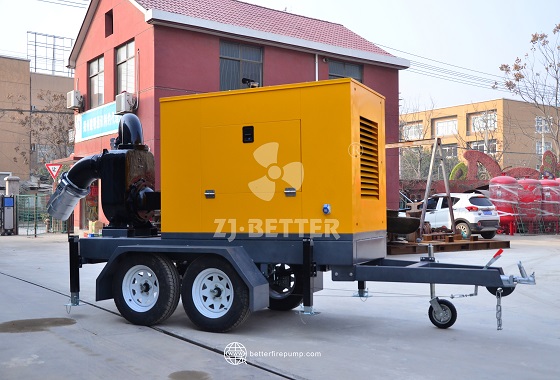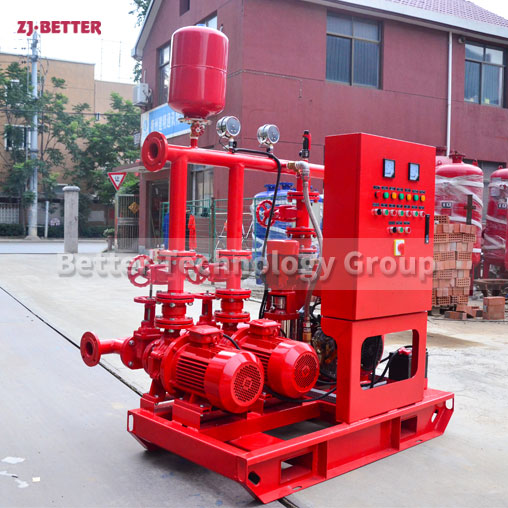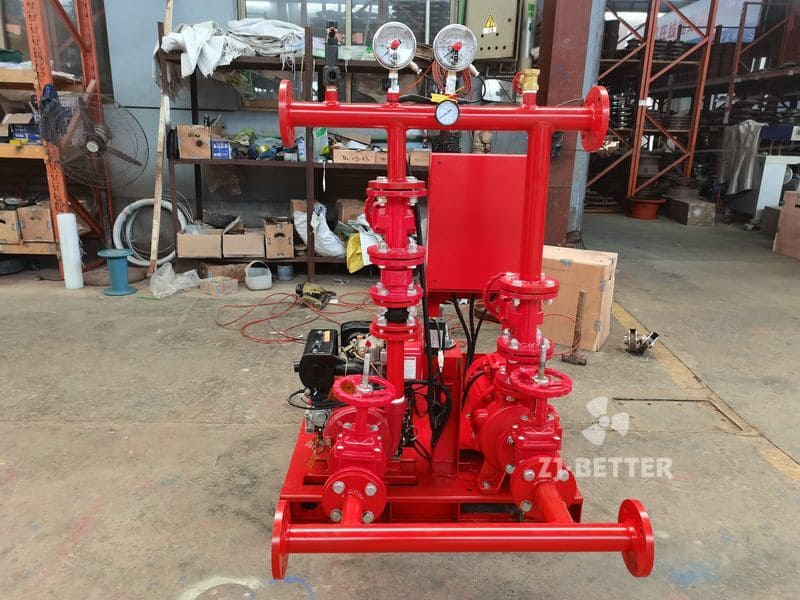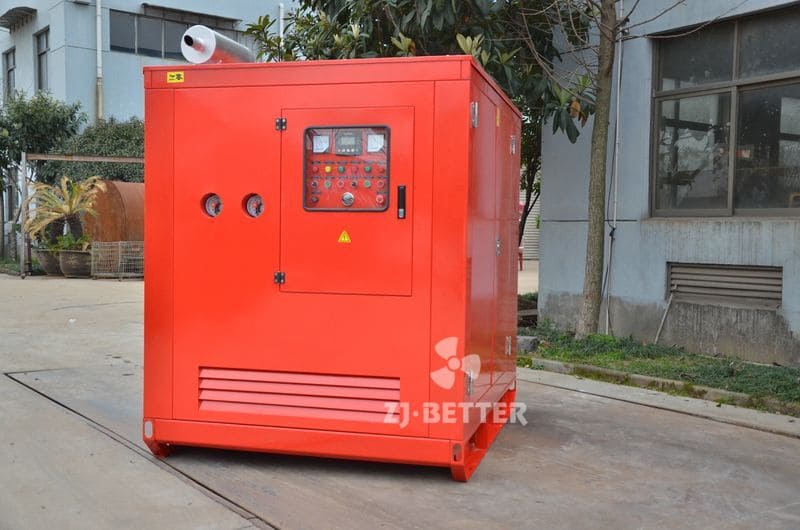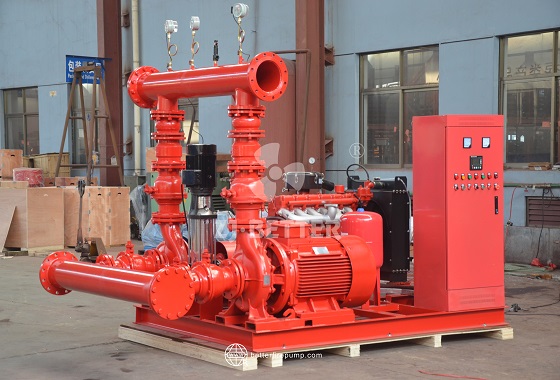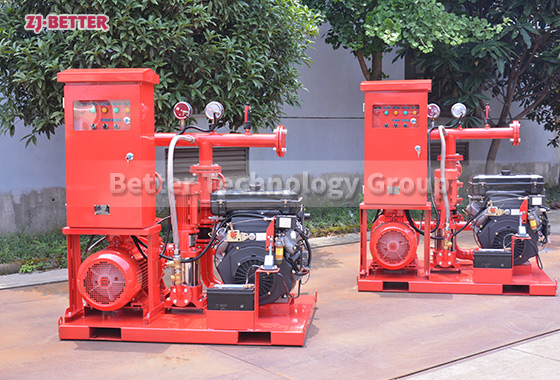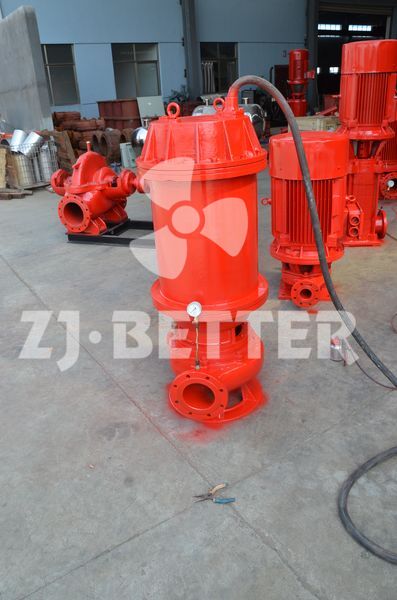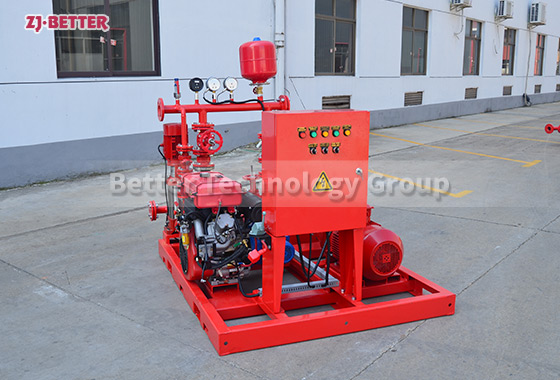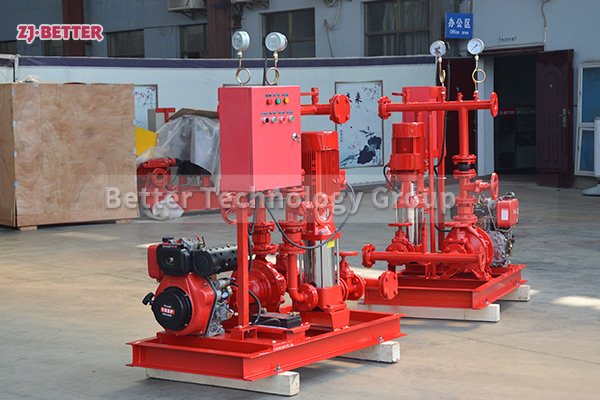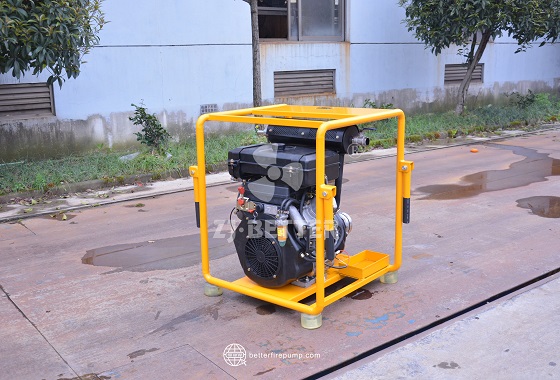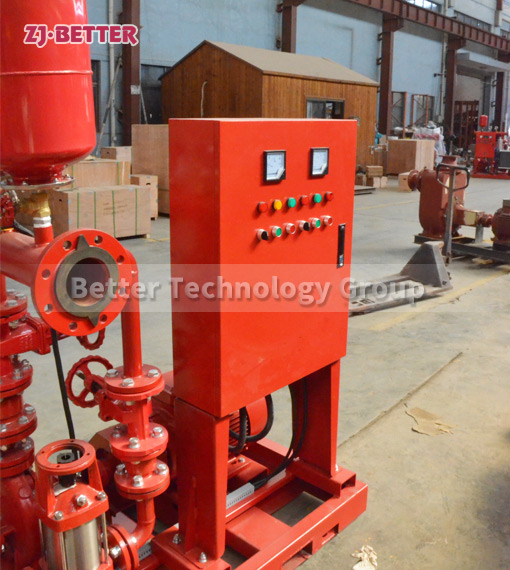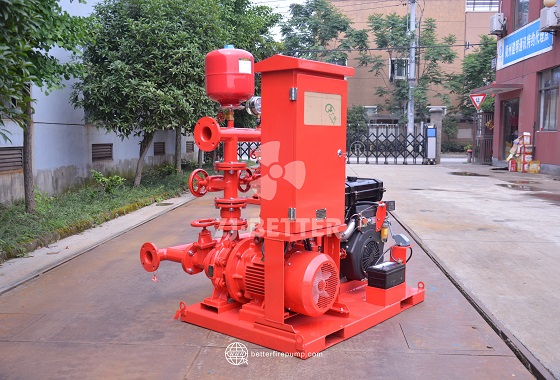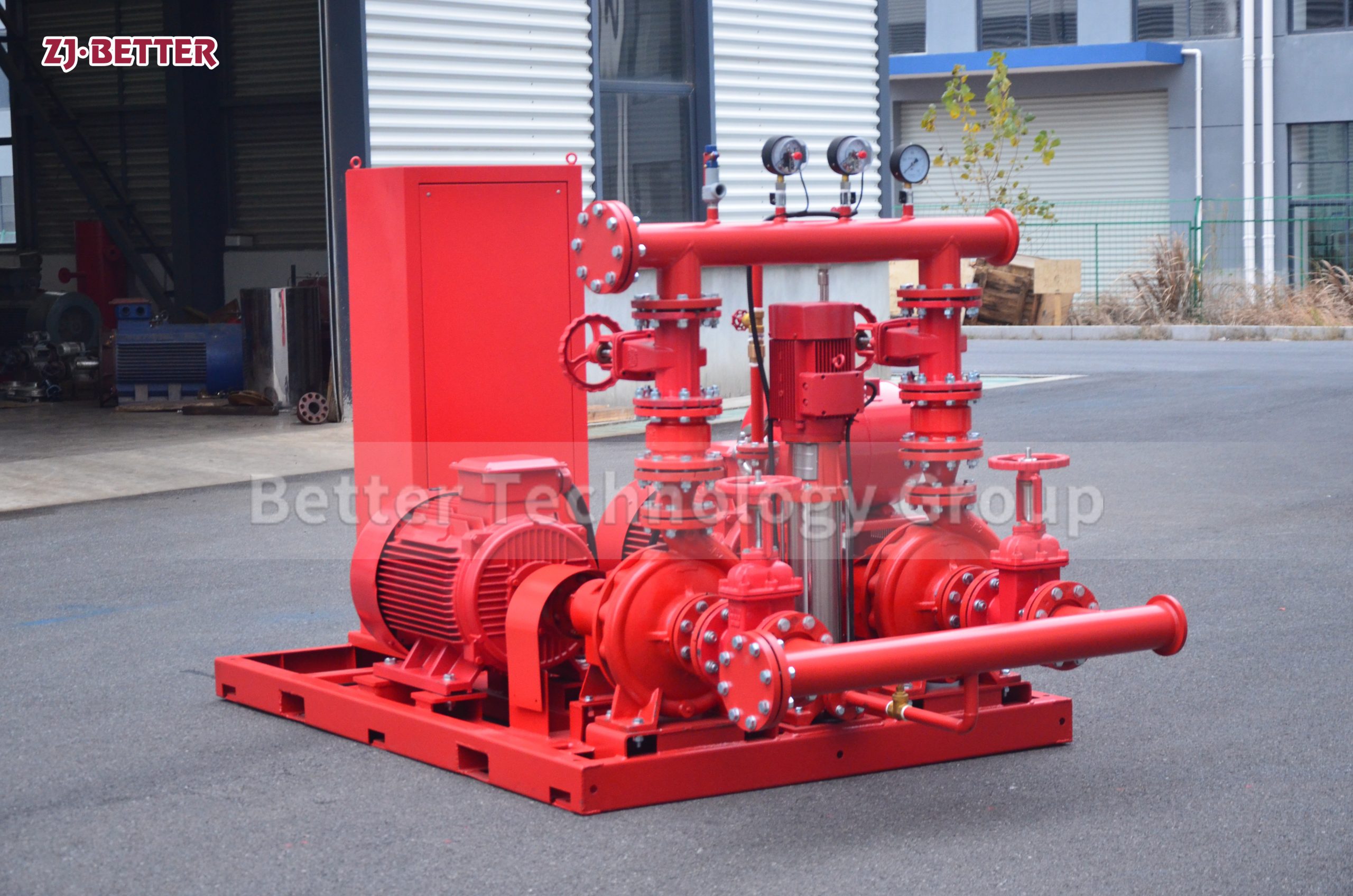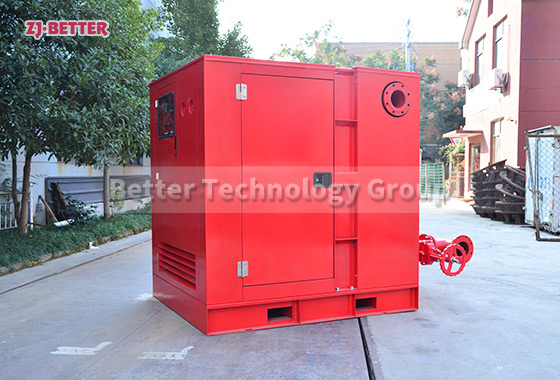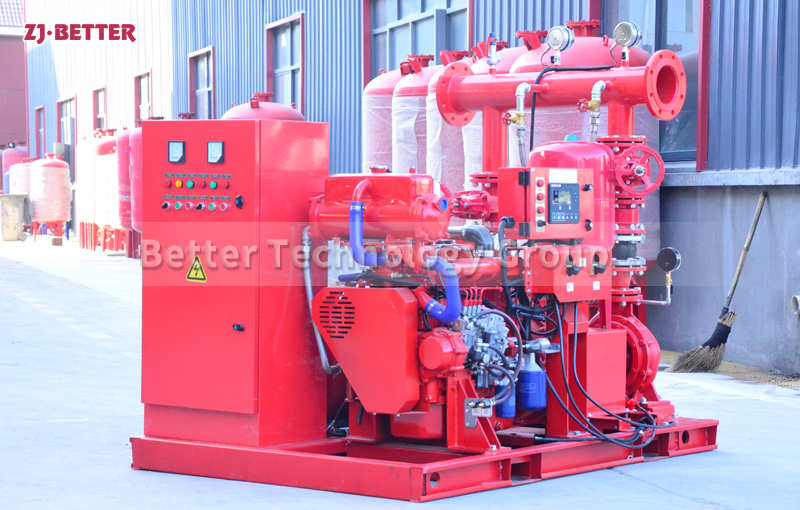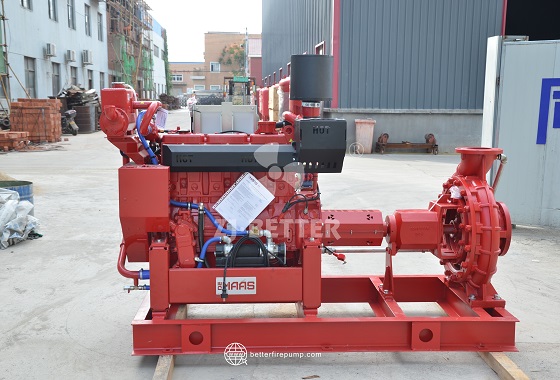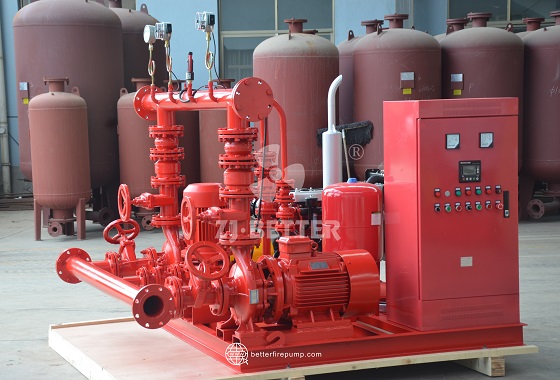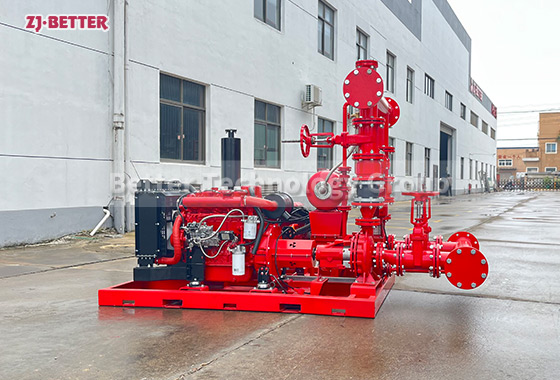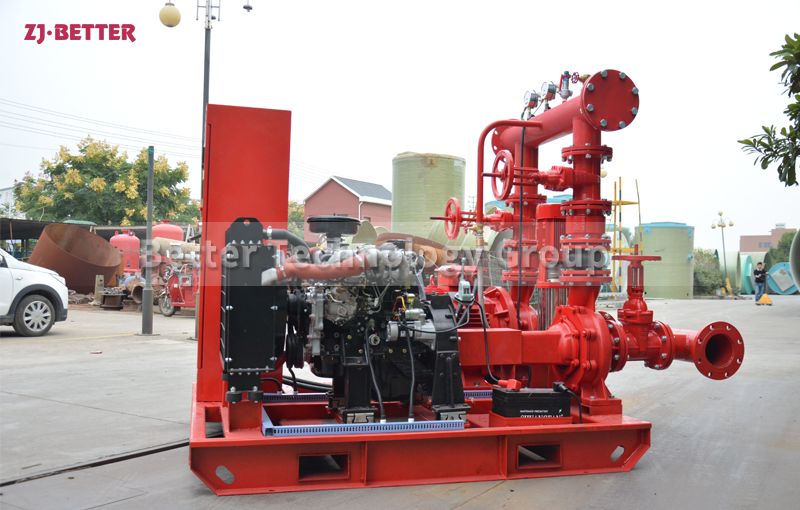Diesel engine fire pump has its own independent power supply system
The diesel engine fire pump has the characteristics of good starting performance, serious load operation, compact structure, time-saving and labor-saving maintenance, simple application, and high level of automatic control technology. It is a security monitoring device with reliable performance. The full name of the diesel engine fire pump we usually say is the engineering diesel fire pump set, which can operate at an ambient temperature of -25~55°C, and can be automatically charged, automatically started, and has the functions of automatic alarm and automatic preheating. It is very reliable.
The biggest difference between diesel engine fire pump and electric water pump is that it has its own independent power supply system – battery. Therefore, the start and operation of diesel engine fire pump will not completely depend on city power.
The diesel engine fire pump is usually used as a backup facility, so it will only start automatically when the fire signal comes, and when the electric water pump fails or the power supply is cut off. When it has a device for starting the pump at ultra-low pressure, its matching electric water pump control cabinet should also have a device for starting the pump at ultra-low pressure, and the lower limit of the two pumps should have a certain pressure difference.

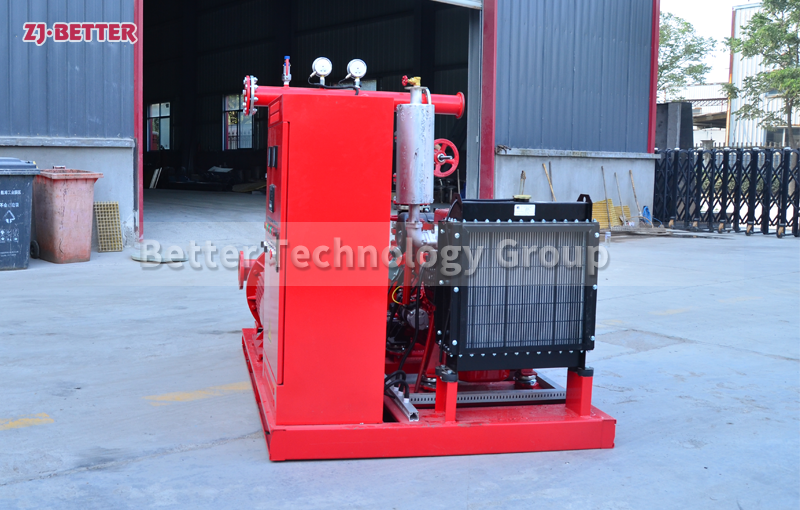
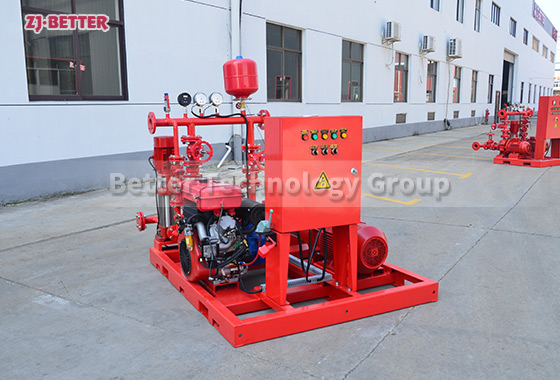
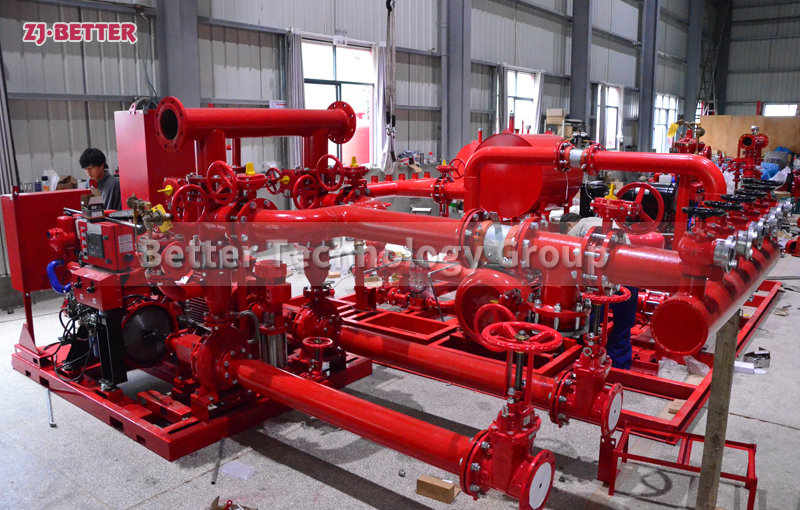
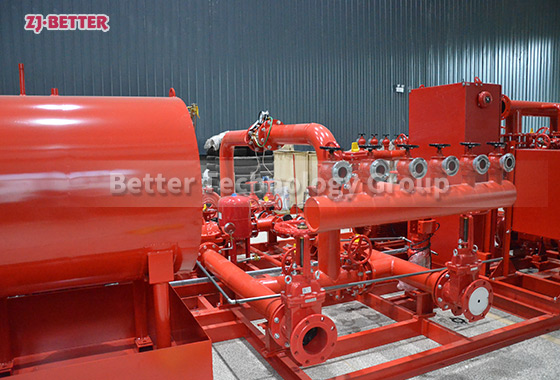
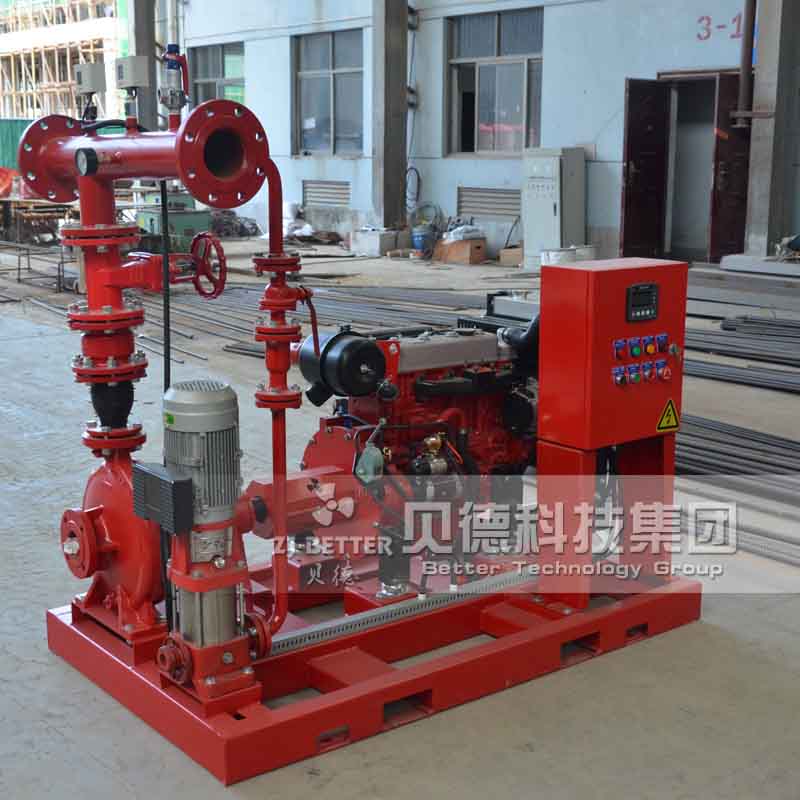
-2.jpg)
